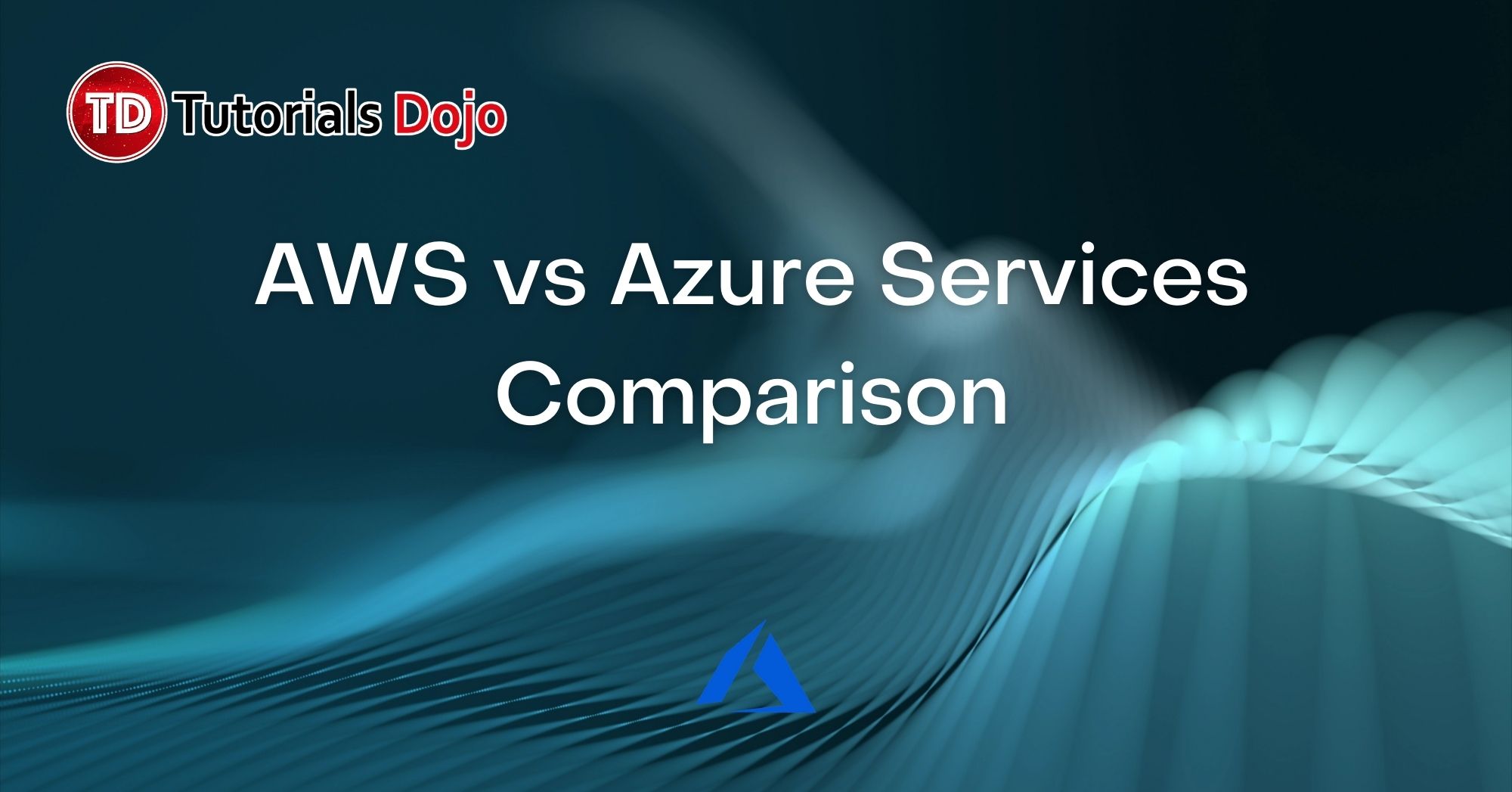Aurora Serverless Tutorial – Part 1
Carlo Acebedo2023-06-02T02:06:31+00:00What is Aurora Serverless? Before we get into it, let us briefly define Aurora and serverless first. Aurora is a fully managed, closed source relational database that is compatible with MySQL and PostgreSQL. According to Amazon, it is five times faster than the standard MySQL and three times faster than PostgreSQL. It uses a distributed architecture that provides fault tolerance and high availability. Serverless is a technique in the cloud that follows the ‘pay-per-use’ model. As opposed to its name, serverless does not mean not using ‘servers’. There is no magic in it. It still uses a physical server that [...]










